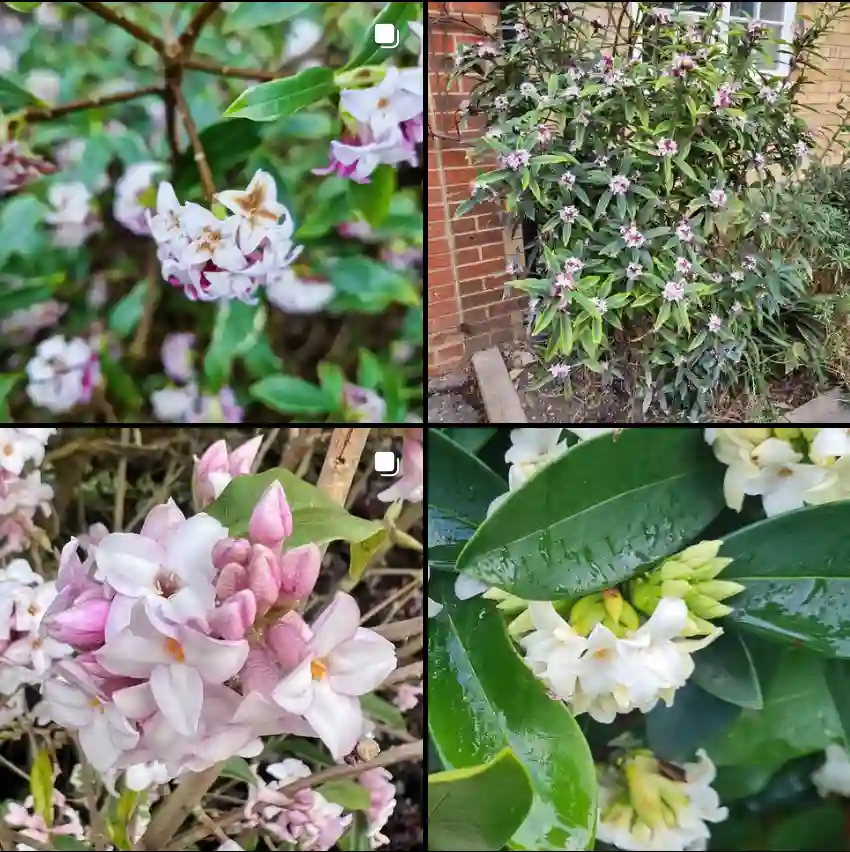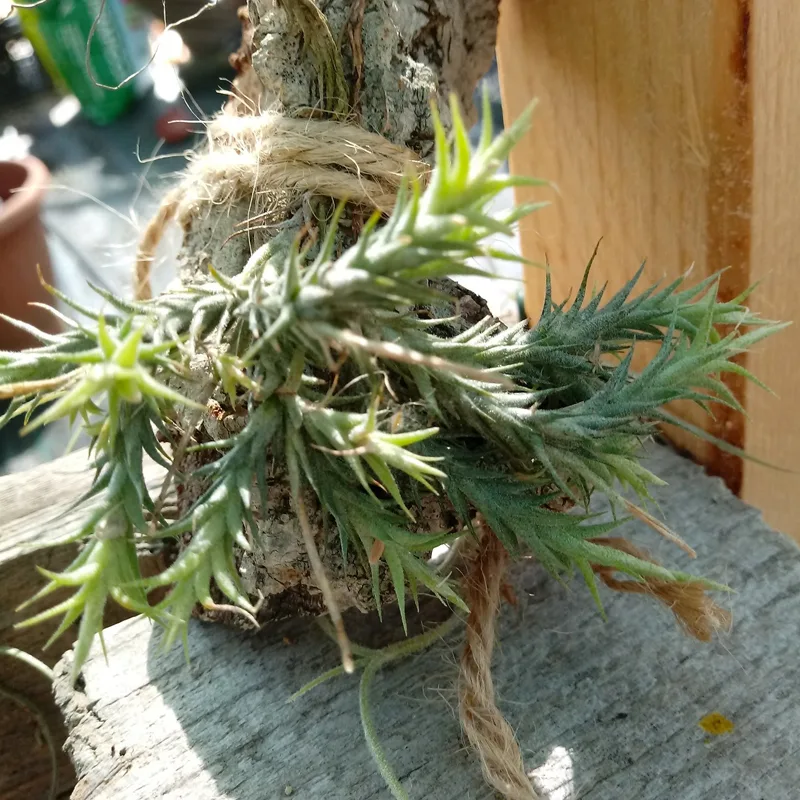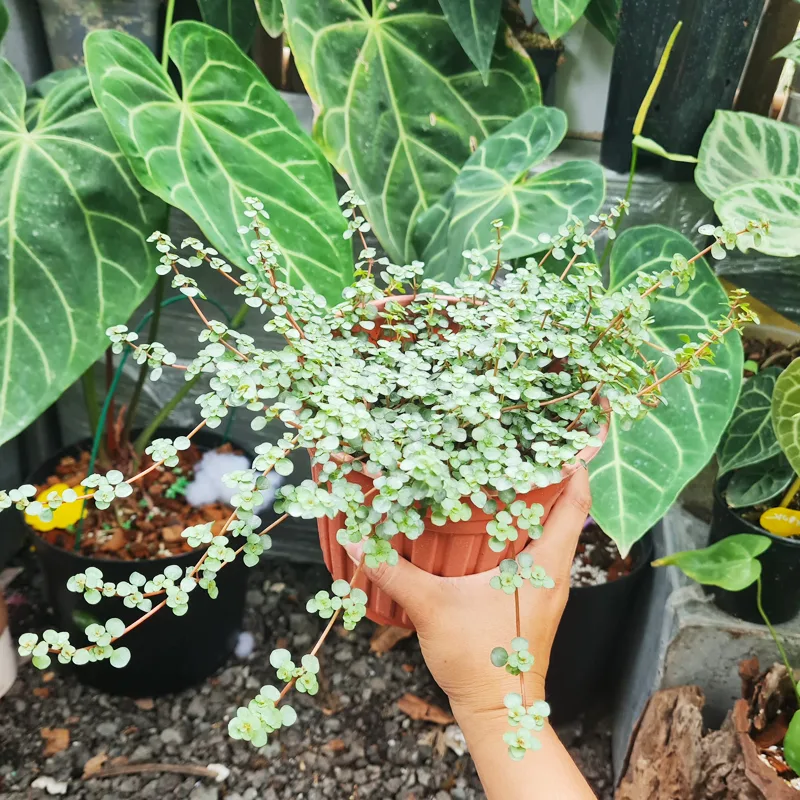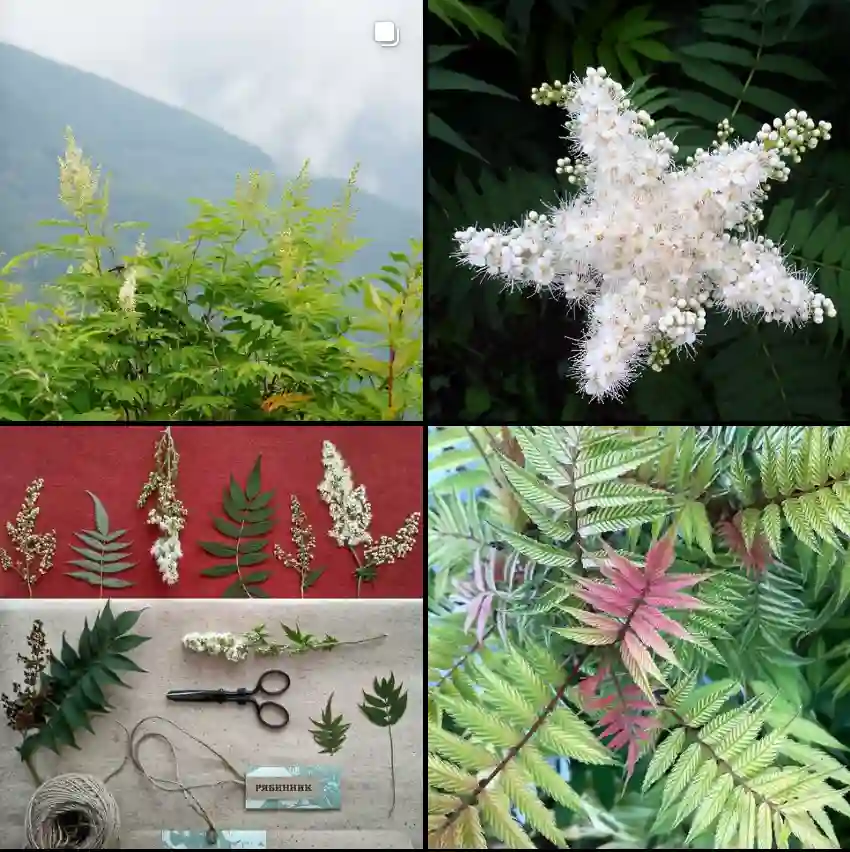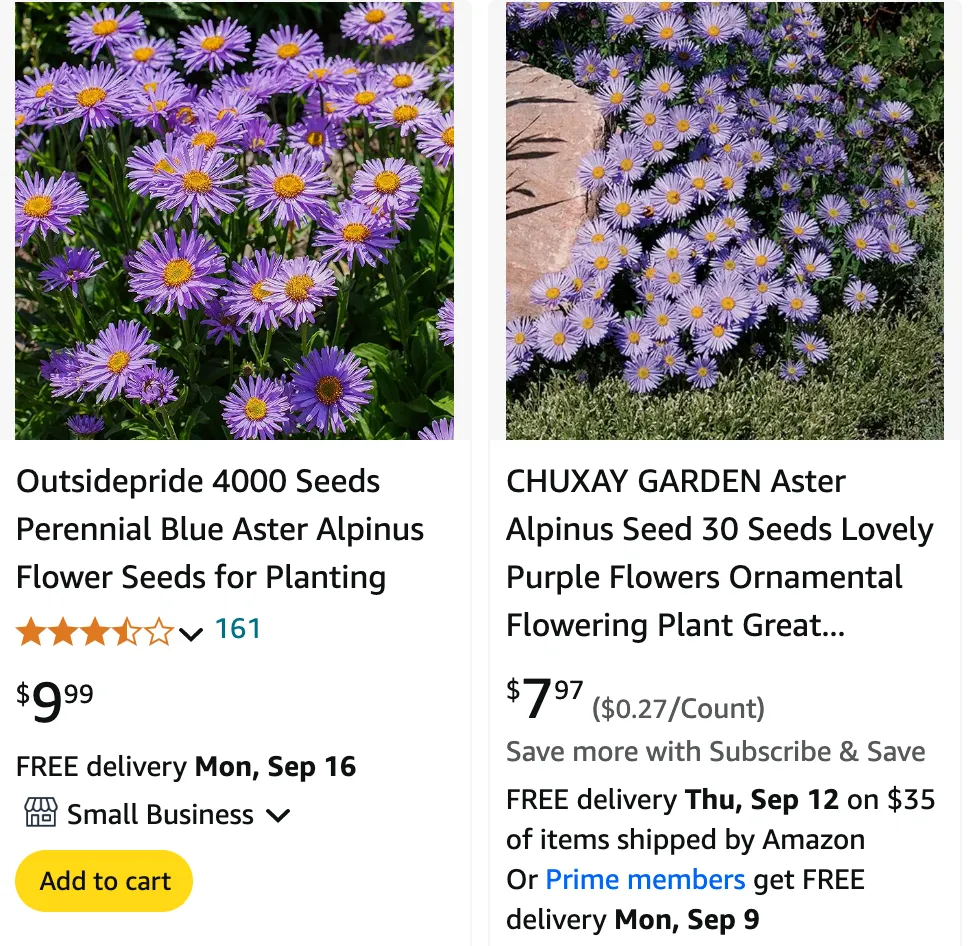
Frequently Asked Questions About Aster Alpinus
I’ve always been fascinated by Aster Alpinus, often called Alpine Aster. It’s a charming perennial that thrives in cooler climates and adds a splash of color to any garden. Over the years, I’ve gathered a lot of insights about this lovely plant, and I’m excited to share some frequently asked questions and answers based on my experiences.
187 Species in Genus Aster
What is Aster Alpinus?
Aster Alpinus, or Alpine Aster, is a hardy perennial native to the mountainous regions of Europe and Asia. It’s known for its vibrant, daisy-like flowers that bloom in shades of purple, pink, and blue. This plant typically grows to about 12 to 18 inches tall and spreads out in a compact, mounded shape. It’s perfect for rock gardens, alpine beds, and as an edging plant due to its compact size and low-maintenance nature.
How to Care for Aster Alpinus?
Caring for Aster Alpinus is quite straightforward. Here’s what you need to know:
- Sunlight: Aster Alpinus thrives in full sun to partial shade. Ideally, it should receive at least six hours of sunlight daily. In hotter climates, a bit of afternoon shade can help prevent wilting.
- Soil: This plant prefers well-drained soil. Sandy or loamy soil with a slightly acidic to neutral pH works best. Good drainage is crucial because Aster Alpinus doesn’t like to sit in wet soil, which can lead to root rot.
- Watering: Regular watering is essential, especially during dry spells. However, avoid overwatering. Allow the soil to dry out slightly between waterings.
- Fertilizing: Feed Aster Alpinus with a balanced, all-purpose fertilizer in early spring. A light application in mid-summer can also help promote blooming.
- Pruning: Deadheading spent flowers encourages more blooms and keeps the plant looking tidy. In late fall or early spring, cut back the plant to remove any dead foliage and prepare it for new growth.
How to Propagate Aster Alpinus?
Propagation of Aster Alpinus can be done in a few ways:
- Division: The most common method is dividing the clumps in early spring or late summer. Carefully dig up the plant, separate the clumps, and replant them. This helps rejuvenate the plant and increases your stock.
- Seeds: You can also propagate Aster Alpinus from seeds. Start seeds indoors 8-10 weeks before the last frost date. Sow the seeds on the surface of a seed-starting mix and keep them in a cool, bright place. Transplant the seedlings outside after the danger of frost has passed.
What to Plant with Aster Alpinus?
Aster Alpinus pairs well with various plants. In rock gardens, consider combining it with:
- Sedum: Sedums, with their succulent leaves and similar growing conditions, make excellent companions.
- Heuchera: Heucheras add a touch of foliage contrast and can handle the same light conditions.
- Thymus: Creeping thyme offers a fragrant ground cover and works well in the same sunny spots.
In alpine beds, you might also try mixing it with low-growing conifers or other alpine perennials like saxifrage.
Is Aster Alpinus Toxic?
Aster Alpinus is generally considered non-toxic to humans and pets. However, it’s always a good idea to keep pets from munching on plants, as they might have digestive issues with any non-food plants.
Benefits of Aster Alpinus
Aster Alpinus offers several benefits:
- Low Maintenance: It requires minimal care, making it perfect for busy gardeners or those new to gardening.
- Cold Hardy: Its tolerance to cold makes it ideal for regions with harsh winters.
- Pollinator Friendly: The bright flowers attract bees, butterflies, and other pollinators, contributing to a healthy garden ecosystem.
Common Problems with Aster Alpinus
Despite its resilience, Aster Alpinus can face a few issues:
- Powdery Mildew: This fungal disease can affect the plant in humid conditions. Improve air circulation and avoid overhead watering to prevent it.
- Root Rot: Poor drainage can lead to root rot. Ensure that the soil drains well and avoid excessive watering.
How Does Aster Alpinus Compare with Other Similar Plants?
If you’re considering Aster Alpinus, you might also be looking at other asters or alpine plants. Here’s how it compares:
- Aster x Frikartii: While both are asters, Aster x Frikartii tends to be taller and may require more maintenance. It’s also more tolerant of heat compared to the Alpine Aster.
- Aster Dumosus: This plant is similar in size but has a more spreading habit. It’s less suited for rocky areas compared to Aster Alpinus.
Overall, Aster Alpinus stands out for its hardiness, compact size, and vibrant blooms, making it a favorite for many gardeners. If you’re looking for a resilient and colorful addition to your garden, it’s definitely worth considering.
If i die, water my plants!
